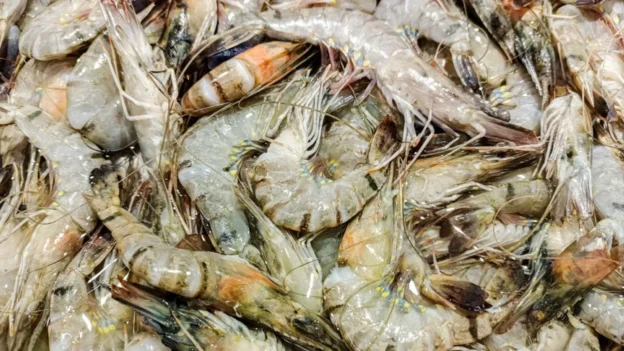A team of scientists from the University of Sharjah in the United Arab Emirates has discovered a way to use shrimp waste, turning it into a material with extractive capabilities to slow climate change.
Conversion of shrimp waste
The research, led by Dr. Haif Al-Jomard and Professor Chaouki Ghenai, has found a way to convert shrimp waste into a type of activated carbon with a remarkable ability to adsorb carbon dioxide.
Instead of discarding the shells, the equipment uses a pyrolysis process, i.e. a thermal treatment of the shells. thermal treatment at high temperatures without oxygen. They also subject the material to a series of chemical and mechanical treatments to maximize its adsorptive properties.
This material resulting from this process, a porous biochar, has shown high carbon capture capacity and long-lasting stability. The research was published in the journal Nanoscale, highlighting that this CO₂ adsorbent could be used by industries with high emissions, such as power generation, cement and steel.
Professor Ghenai mentions that this waste-to-carbon technology is cost-effective and environmentally responsible, converting a problematic waste stream into a high-performance product.
The study demonstrates a clear alignment with the principles of the circular economy. The approach proposes waste valorization that converts by-products into valuable and efficient resources. Beyond carbon capture, activated carbon derived from shrimp waste has multiple potential uses, including water and air purification, solvent recovery and precious metal extraction.
Source: EurekAlert
Photo: Shutterstock

